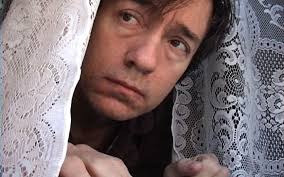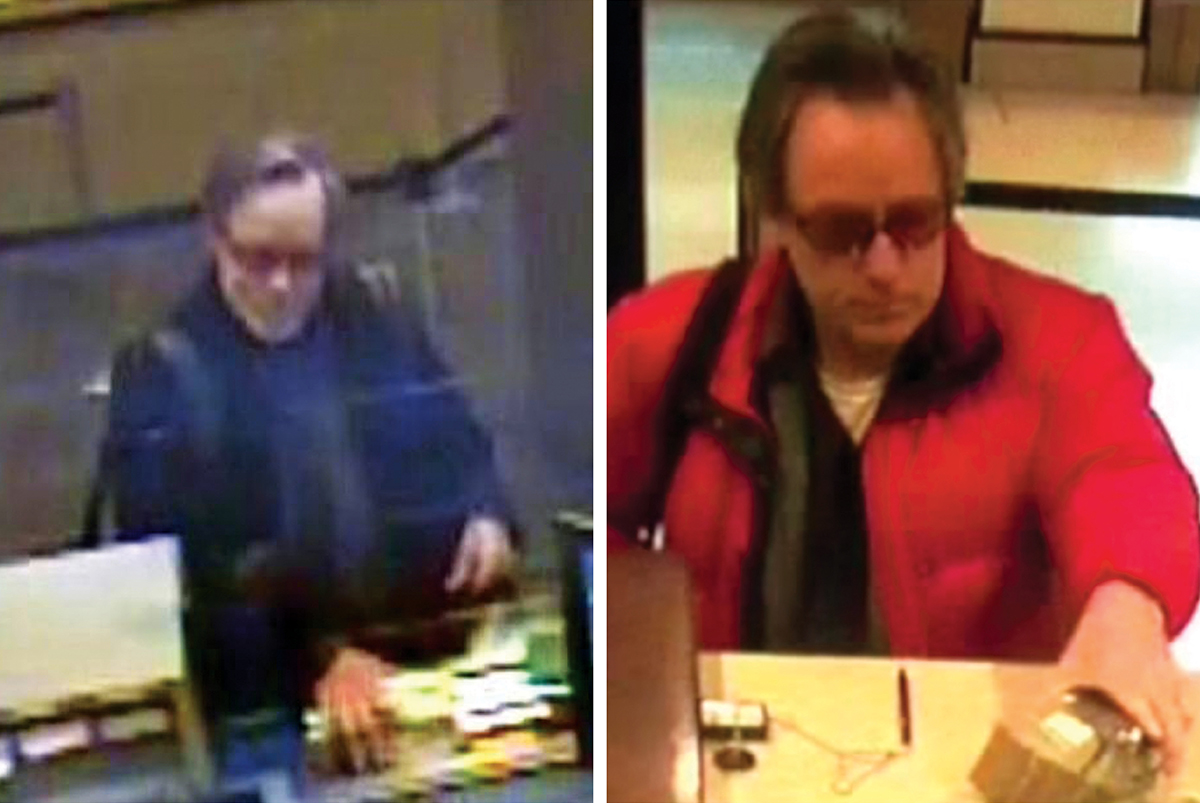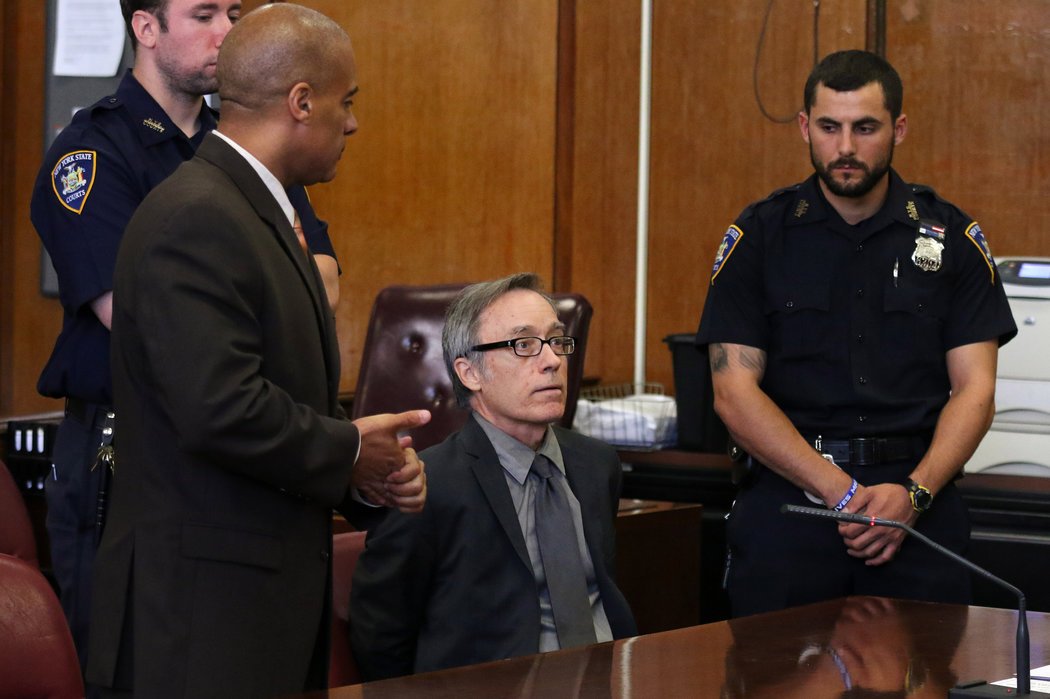
In a string of contradictions, one man successfully attains the status of being both a famous artist and infamous criminal at the same time. Joe Gibbons is the man, his notoriety as an art thief makes him the myth, and his legacy as an artist makes him the legend. Since the 1970’s, Gibbons has been a prominent figure in the art world, making headways and contributions in the cinematic field. Much of Gibbons’ work is either inspired by or is an actual performance of his own life; this is generally seen as excellent source material, that is, until it turns criminal. Gibbons has been in and out of detention facilities and prison since 1979 for an array of crimes including theft and robbery. His reasoning? Art.
Gibbons committed his first criminal act by stealing artwork from the Oakland Museum and, unfortunately, his criminal career did not end here. As a member of the Art Liberations Front, an organization made up of various artists with the intent on gaining publicity and celebrating art for art’s sake. Both he and these other artists focused on a style of art they referred to as ‘meta-art’, which is essentially art about art. It is because of this meta-art philosophy that when he was caught, the ransom demands stipulated that the painting would be returned under two conditions: Gibbons would get to keep the painting’s frame and the museum would hold an exhibit featuring only frames. His intention was to criticize the importance that the art community places on the arbitrary value of an artwork; he believed that it was the frame itself that had value, not the painting inside. Another important aspect of this crime that gives it notoriety stems from the fact that Gibbons not only committed the act, but he filmed the whole thing as well.
Filming his first step into the criminal world was not the first or the last time Gibbons chose to use his real life as the subject of one of his films; he would actually become quite famous for doing this. One of his most popular works, Confessions of a Sociopath, features him committing different crimes throughout his lifetime and is not only well known, but was named one of the “Best Films of the Year” by Film Comment and Artforum magazines. Continuing on his criminal and artistic path, Gibbons went on to commit numerous bank robberies armed with nothing but his camera with which he recorded everything.
Gibbons actively worked to further mystify and intrigue the artistic community. Early this year, after being released from jail and still facing possible jail time, Gibbons sat down with two journalists and described one of the most mysterious and famous art heist’s in American history: the Gardner Museum theft. The result of this heist ended with the loss of more than $500 worth of artwork from artists such as Rembrandt and Degas and to this day is still one of the biggest unsolved crimes in the art world. So when Gibbons sat down and described not only the crime itself but also how he had pulled it off, it shocked the art community. His confession, whether true or not, only further encapsulates him in a shroud of mystery and complexity.
Perhaps this is why, despite his crimes, members of the art world still rally behind him. He is seen as a legend in the cinematic and art community as a whole. To Gibbons, his illegal activities were not just crimes, they were art; he used a character he dubbed “Joe” to create a persona that was separate from his own. This version of Joe was characteristically similar to him but with more of a cinematic appeal. This is why Gibbons describes his work as autobiographical fiction; it is real life but staged, as a play would be. This begs the question of whether or not something is used as art can excuse its lack of legality. Where is the line between performance art and real life?
This is the story of Joe Gibbons an artist turned criminal turned artistic criminal. Do his actions as a criminal strike out his talent as an artist or do they actually enhance his artwork?







